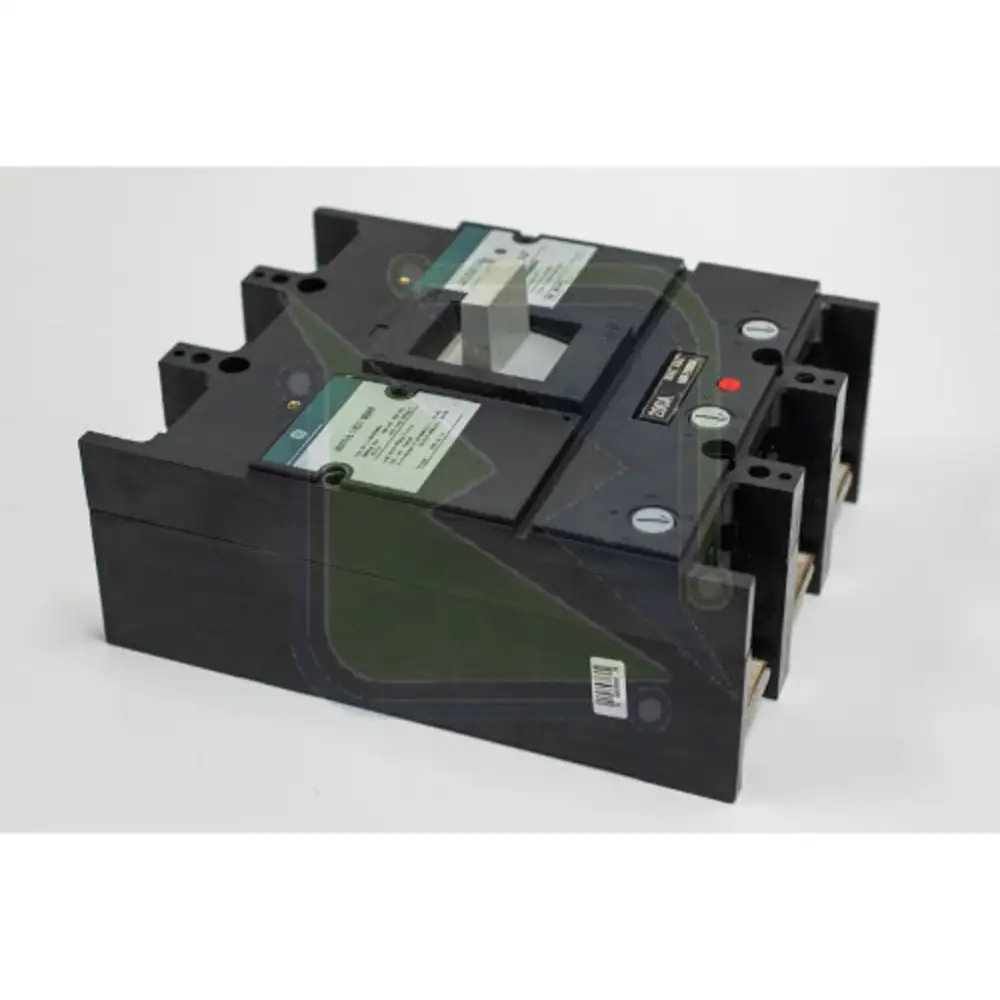General Electric TJK636600WL circuit breaker protects electrical circuits from overloads and short circuits, reducing the risk of fire hazards.
Working Mechanism:
- General Electric TJK636600WL circuit breaker functions through both electromagnetic and thermal trip mechanisms. When an overload or short circuit occurs, the increased current generates a magnetic field that triggers the breaker's contacts to swiftly open, stopping the flow of electricity. Simultaneously, a bimetallic strip inside the breaker heats up due to prolonged overcurrent, causing it to bend and activate the trip mechanism, disconnecting the circuit.
Features:
- This circuit breaker features a feed-thru connection for enhanced safety.
- It has an amperage rating of 600A.
- This General Electric 600A circuit breaker is designed with a long-time fixed trip function for continuous protection against overloads.
- It can be operated at voltages ranging from 120 to 600VAC.
Frequently Asked Questions:
Q. What are the reasons for frequent tripping of the circuit breaker?
A. A circuit overload, short-circuiting, ground fault surges, defective circuit breaker or an arc fault can cause tripping of the circuit breaker.
Q. What are the safety precautions to consider while using a circuit breaker?
A.
- Keep the area around the breaker clean by using an enclosure. Remove the dust, dirt, grease, moisture, foreign contaminants or any safety hazards near the circuit breaker area.
- Check that the unit's mechanical linkages, like the toggle actuator, are free to move by switching the unit ON & OFF several times.
- Press the optional push-to-trip button at the bottom side of the unit to mechanically test the circuit breaker.
- Inspect the unit for any cracks, chipping, discolouration or any sign of overheating. Tighten the terminals & connectors. Check the mounting hardware.
Q. What is the difference between a circuit breaker and a fuse?
A. A circuit breaker has an internal switch that trips when there is excess current, whereas a fuse is a metal piece that melts when excess current overloads the circuit.
 Change Country
Change Country
